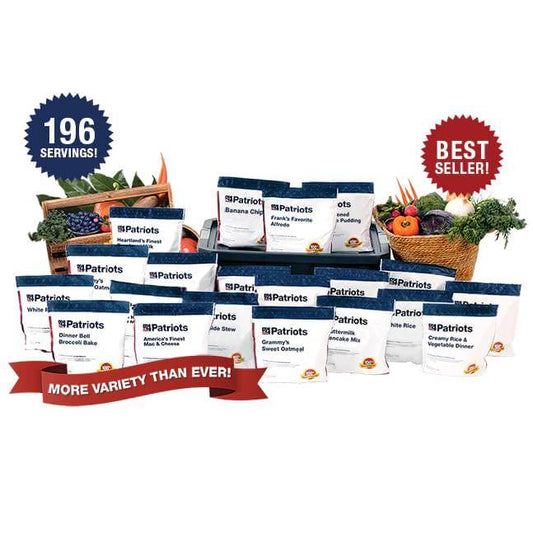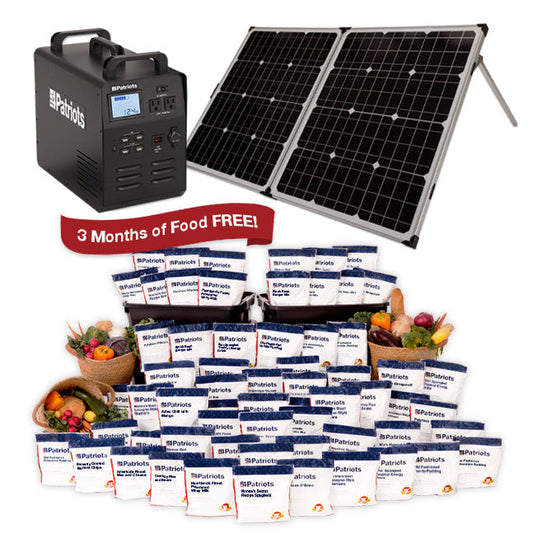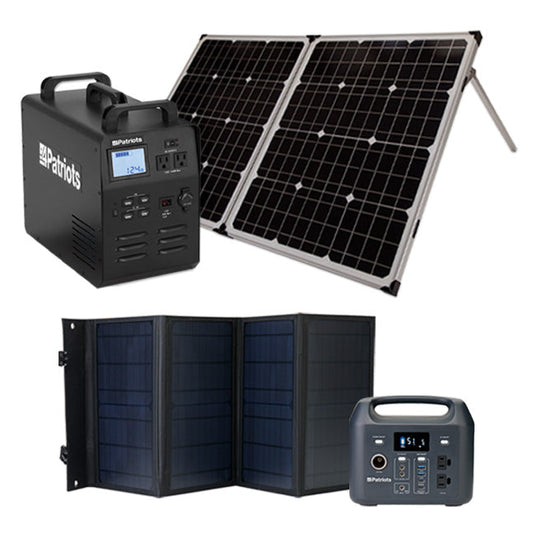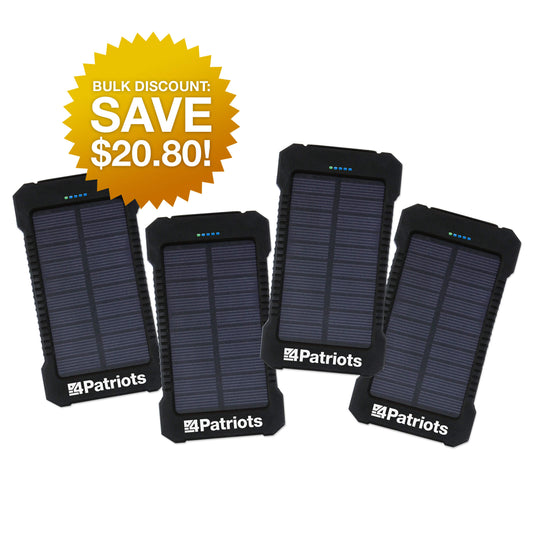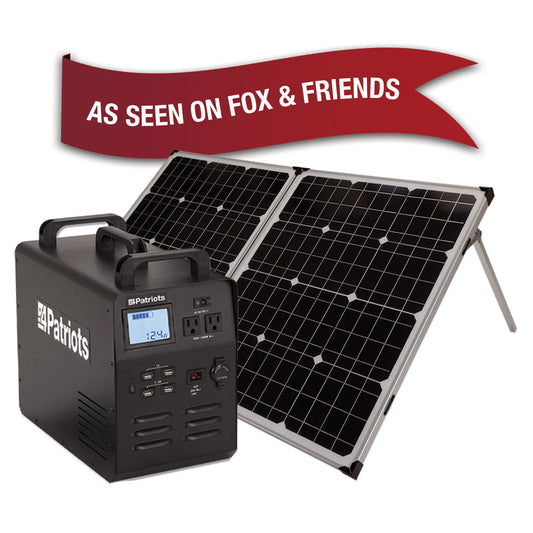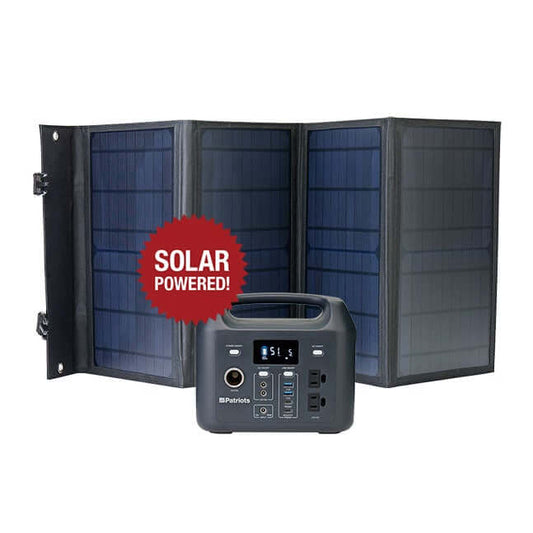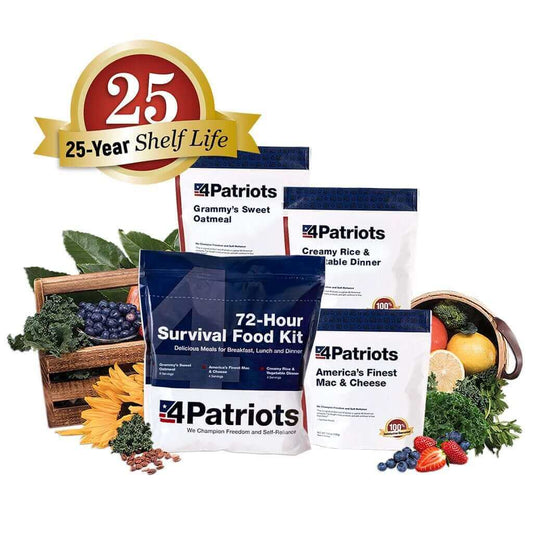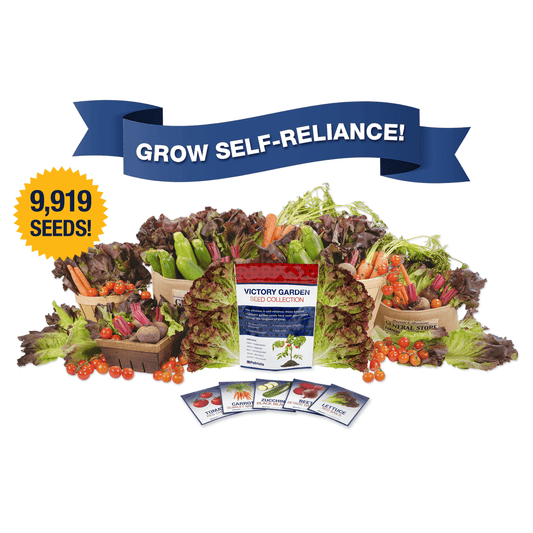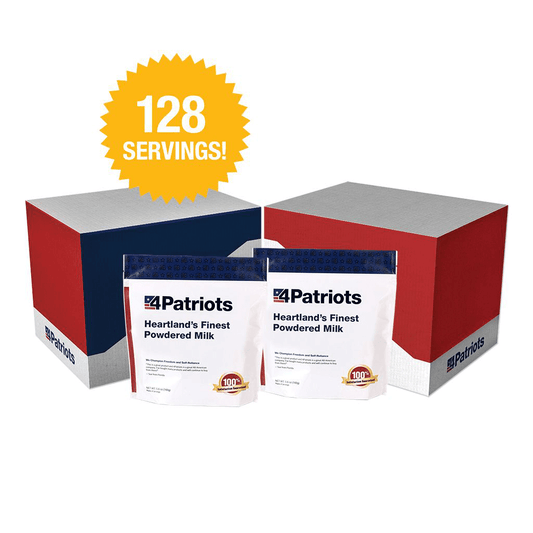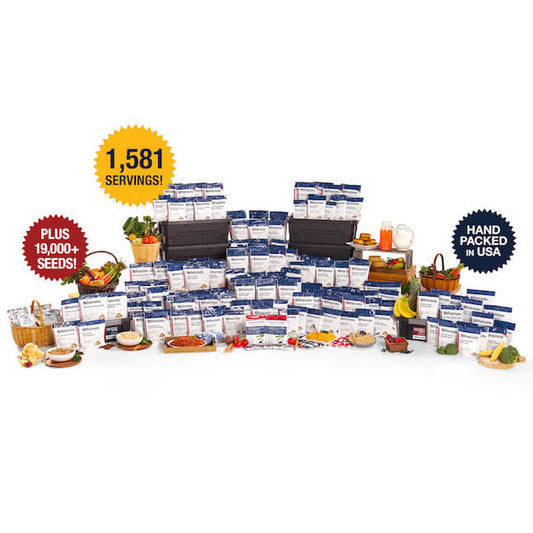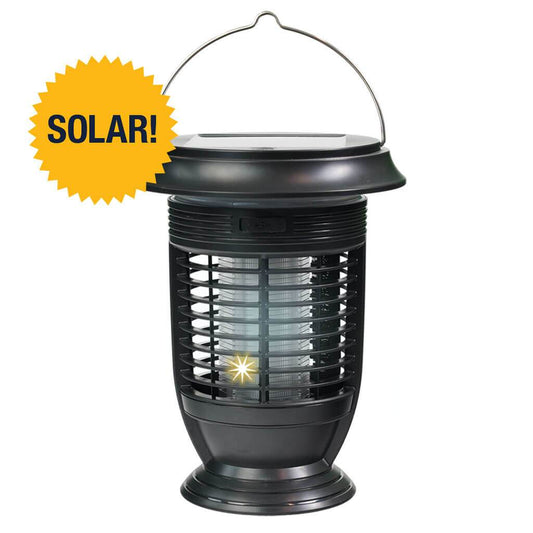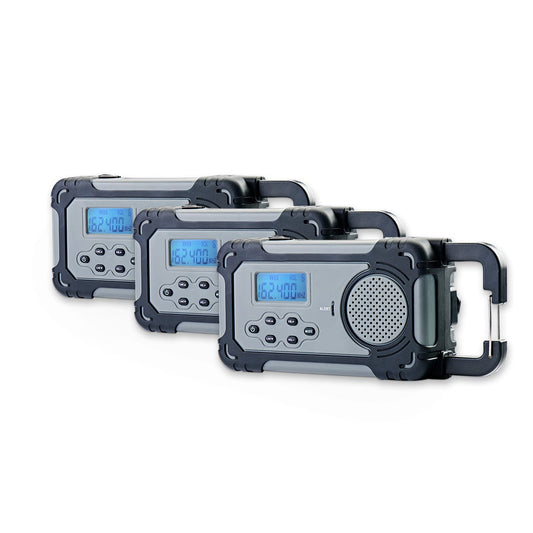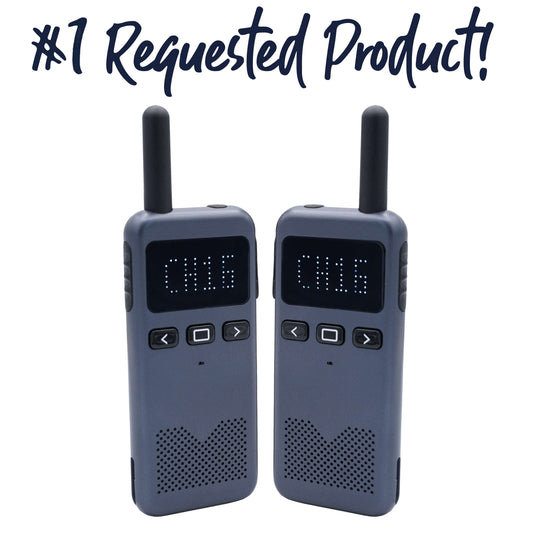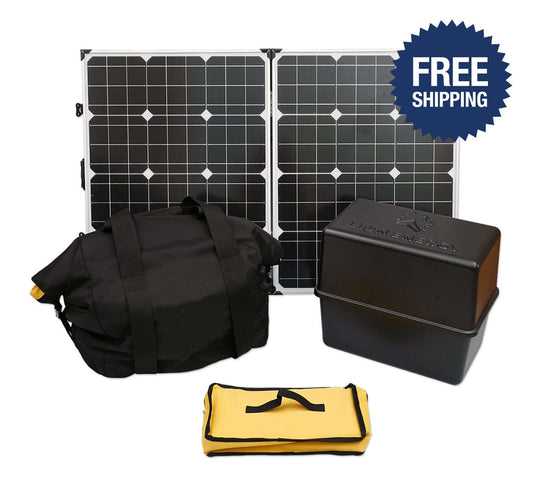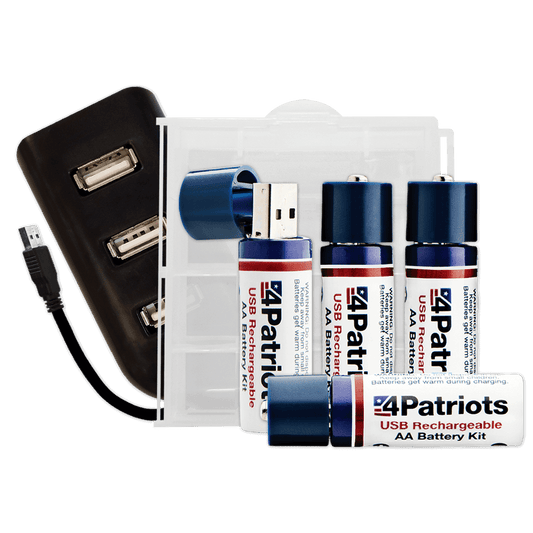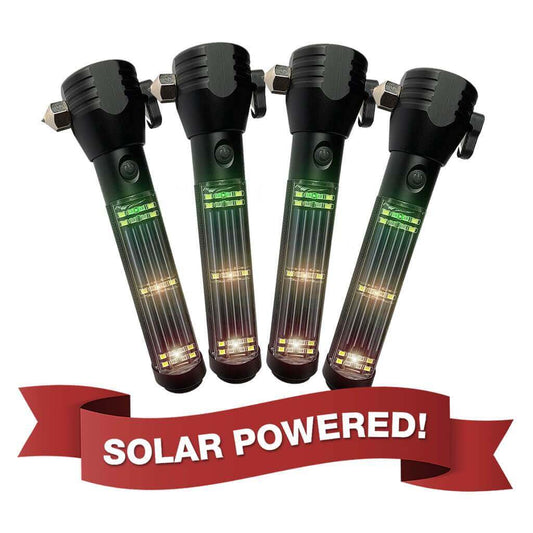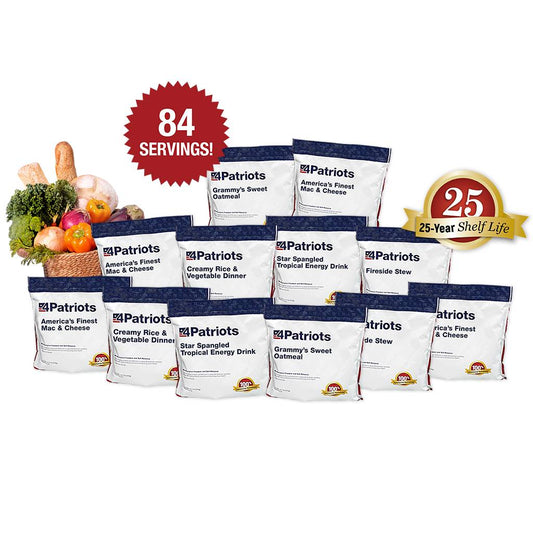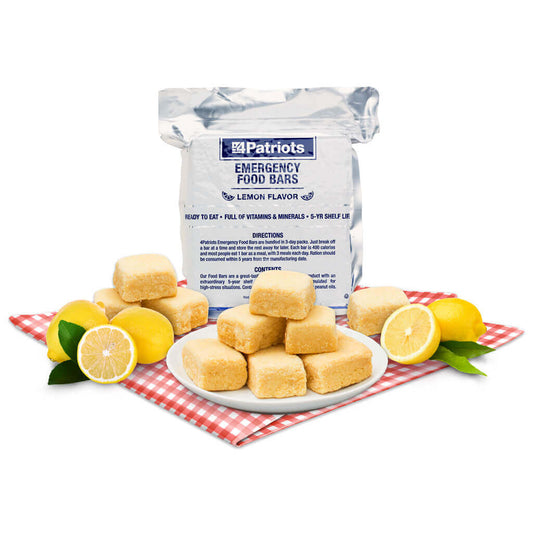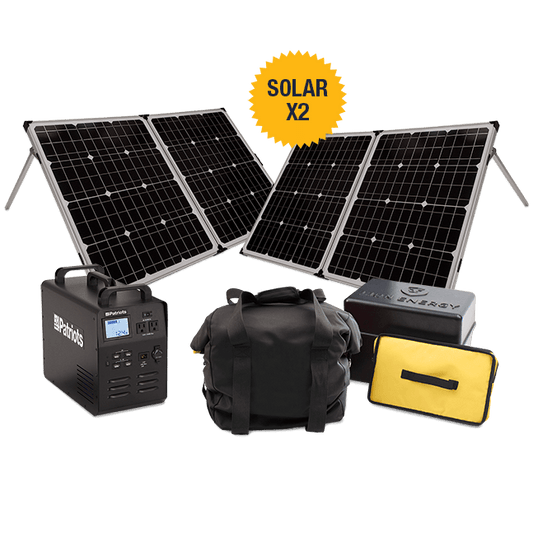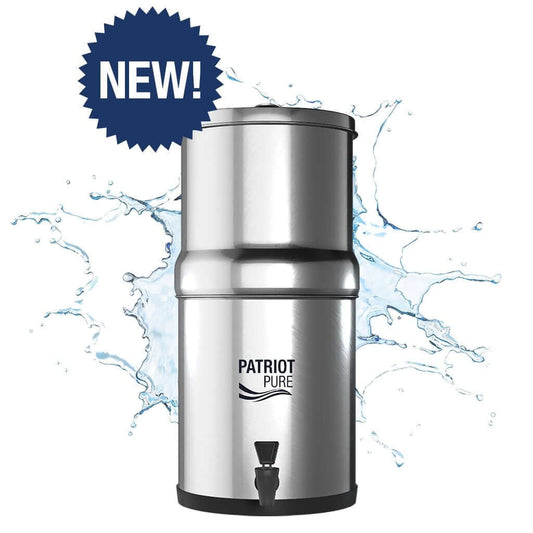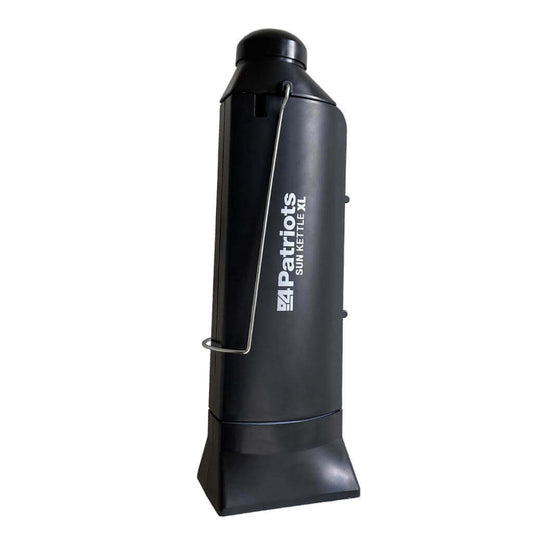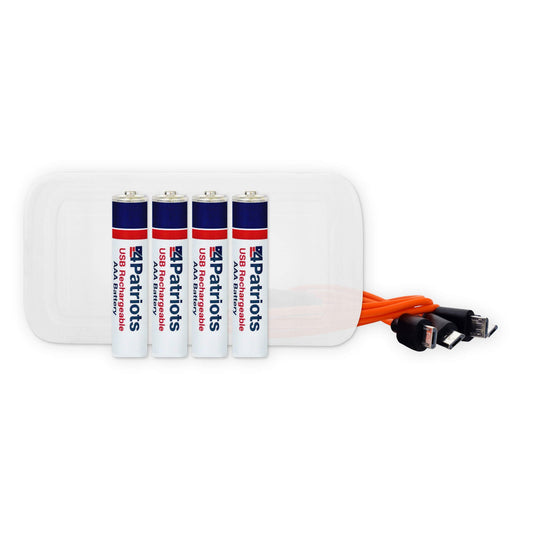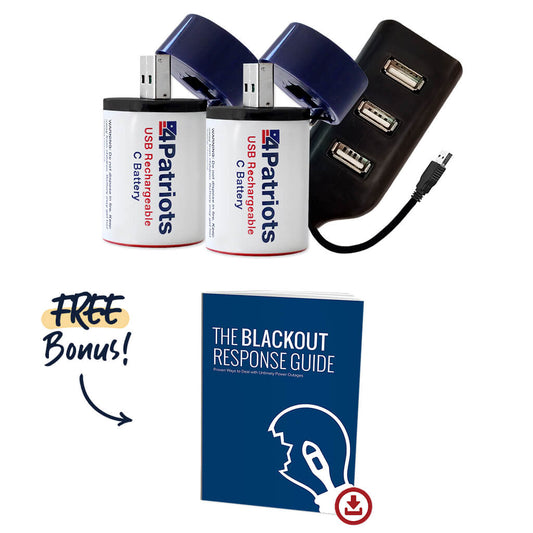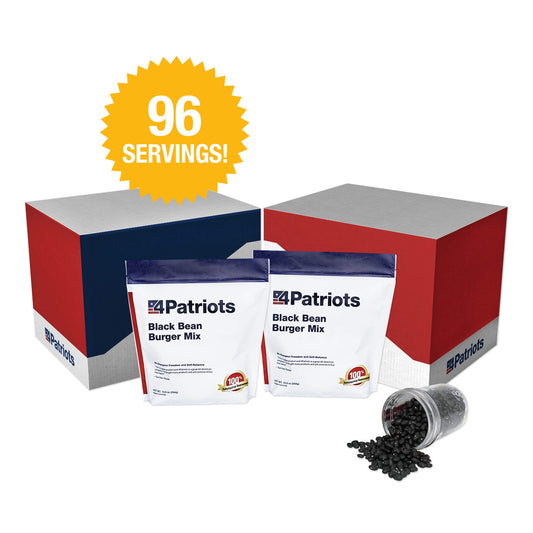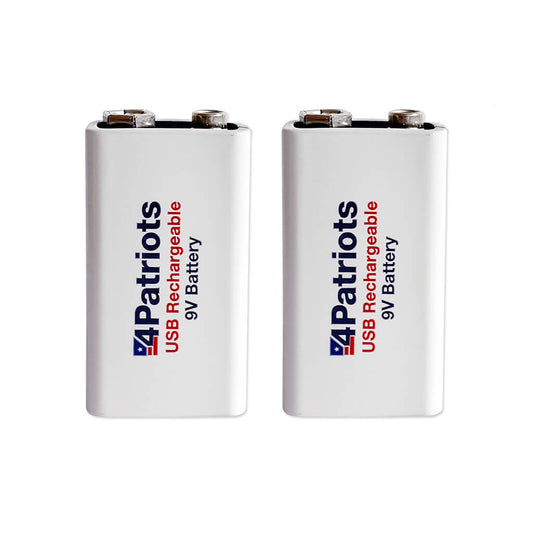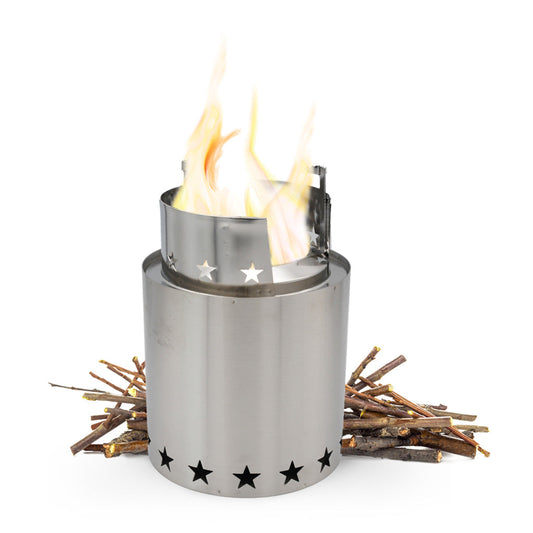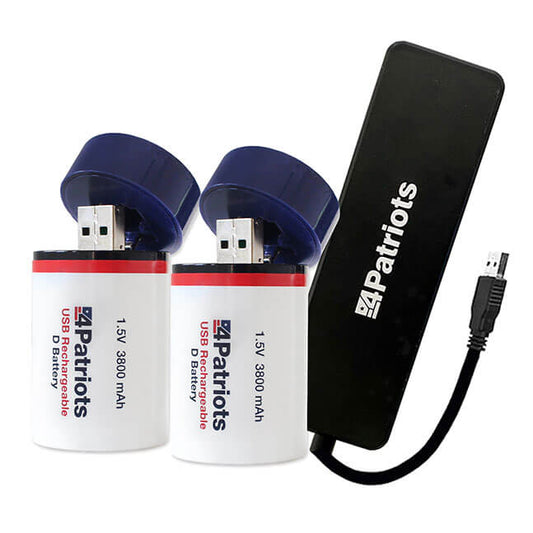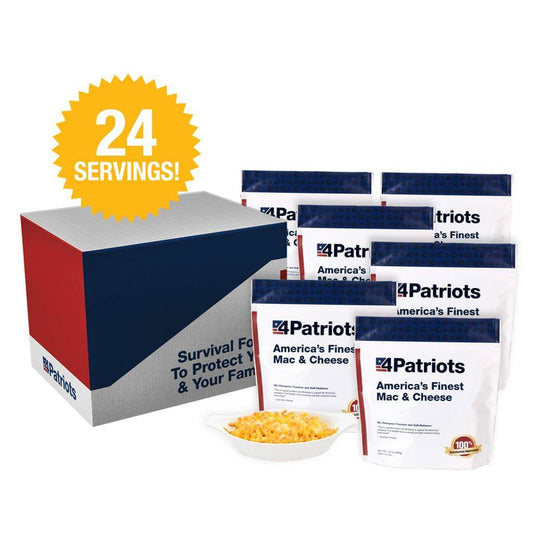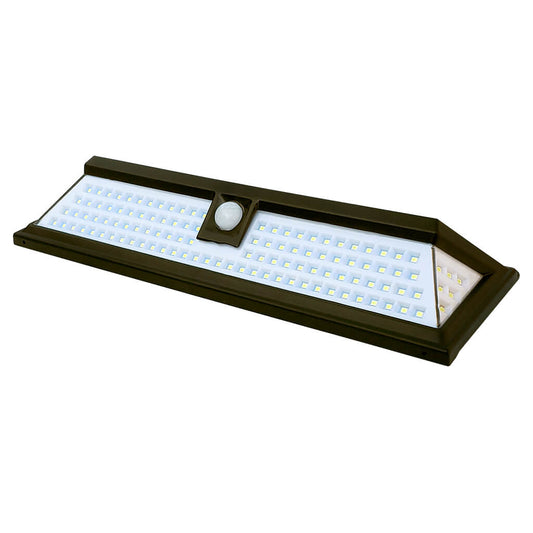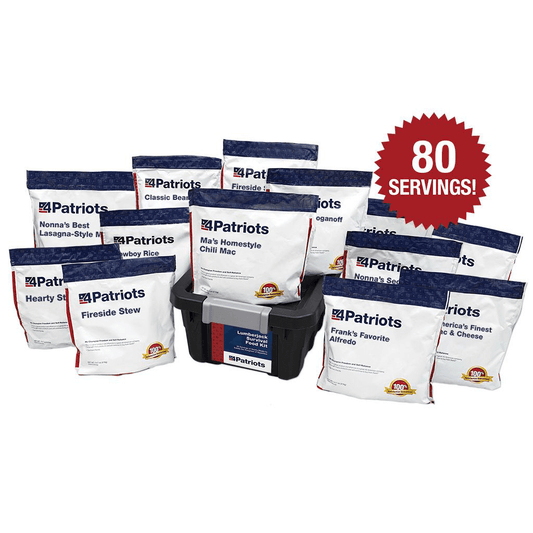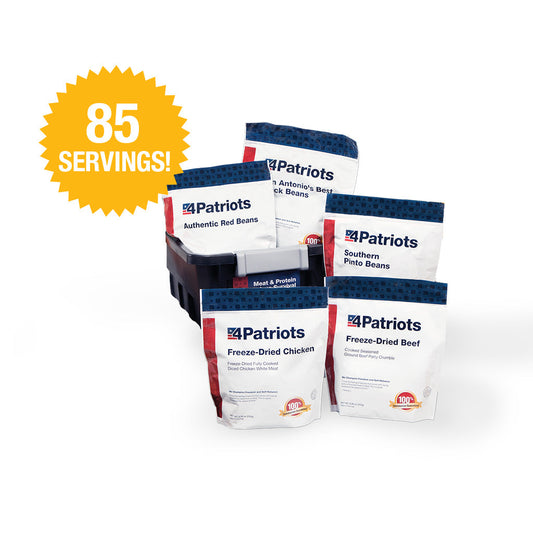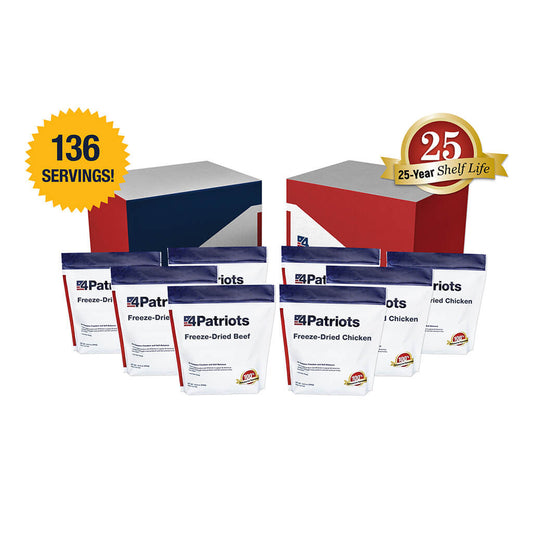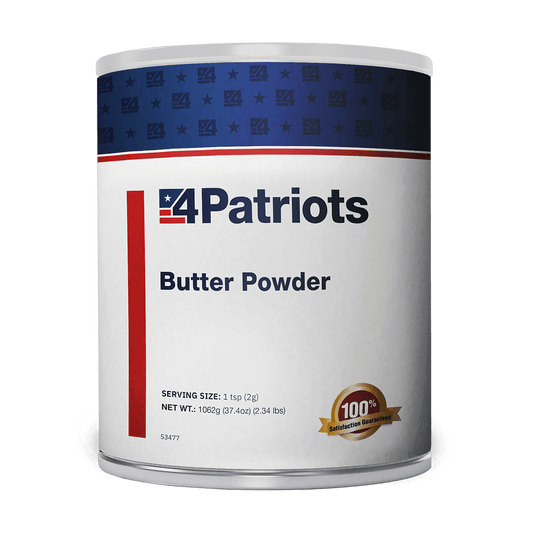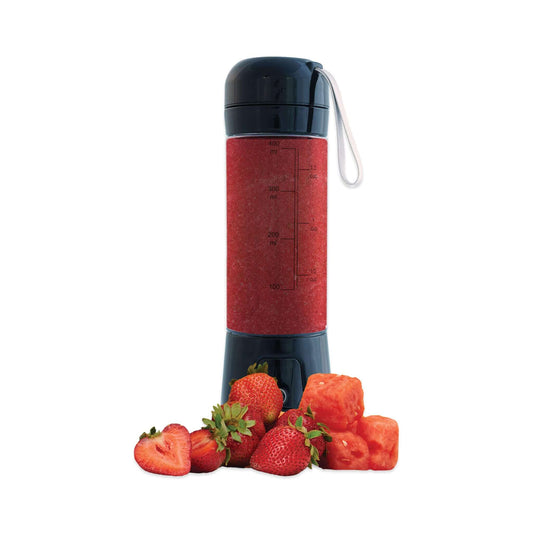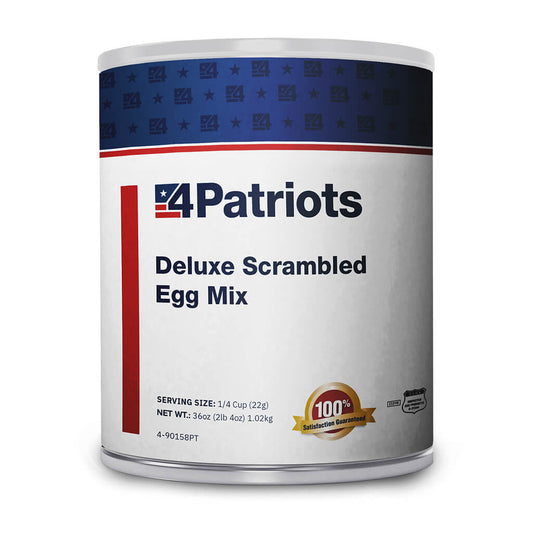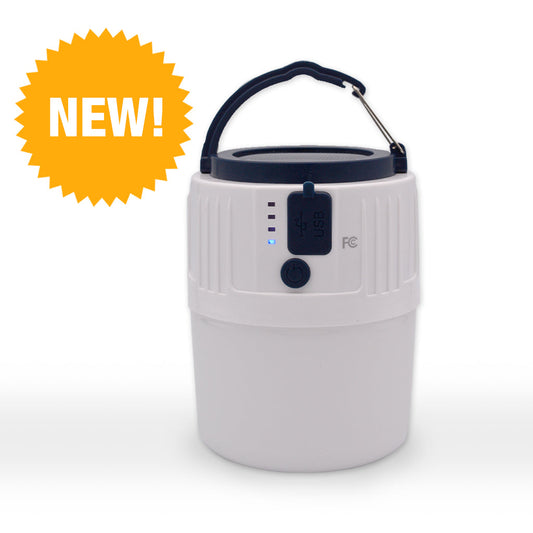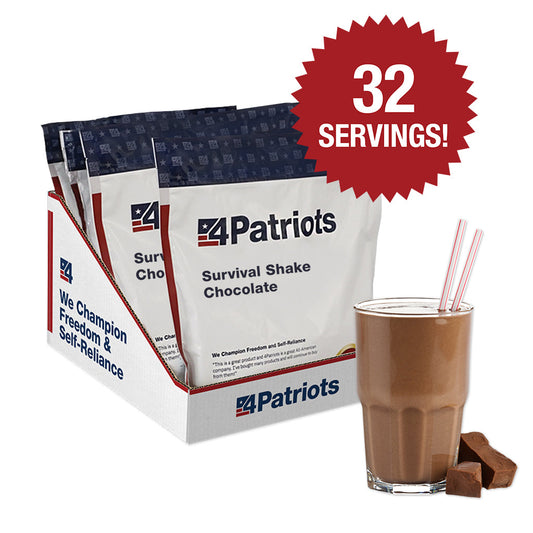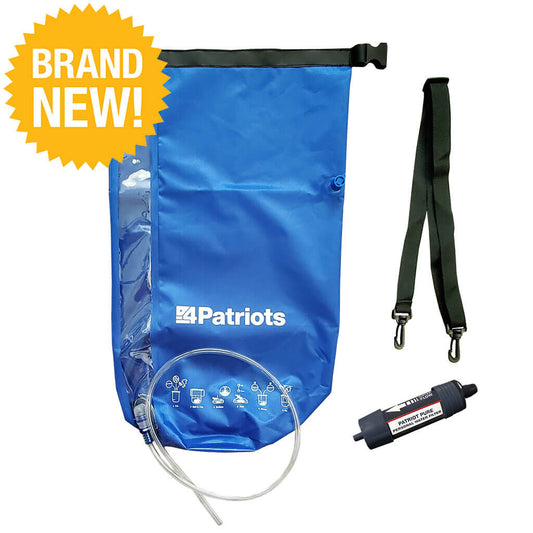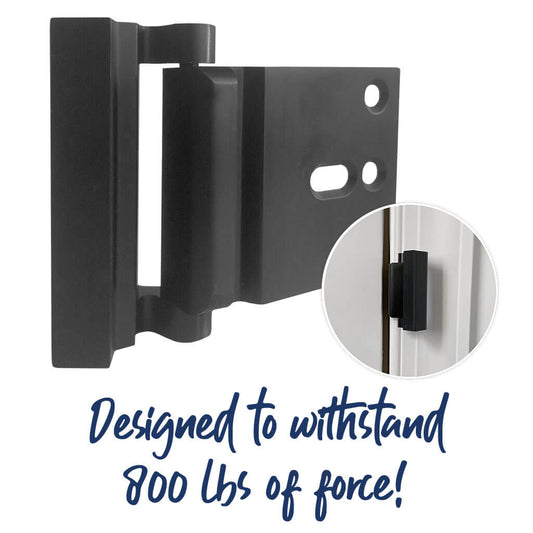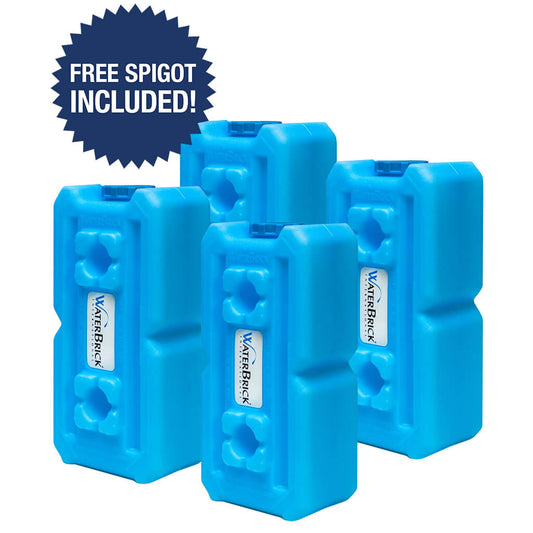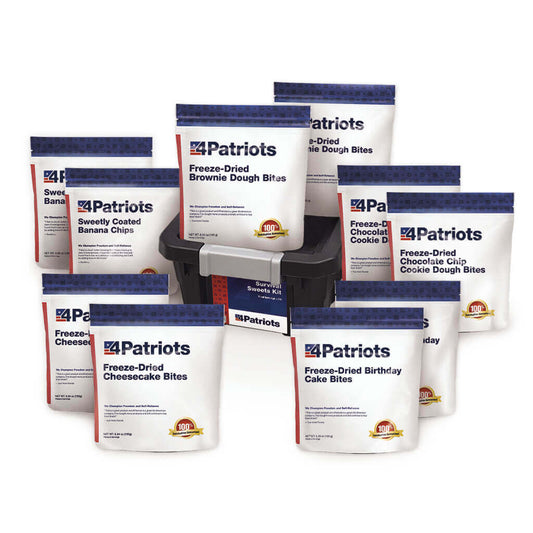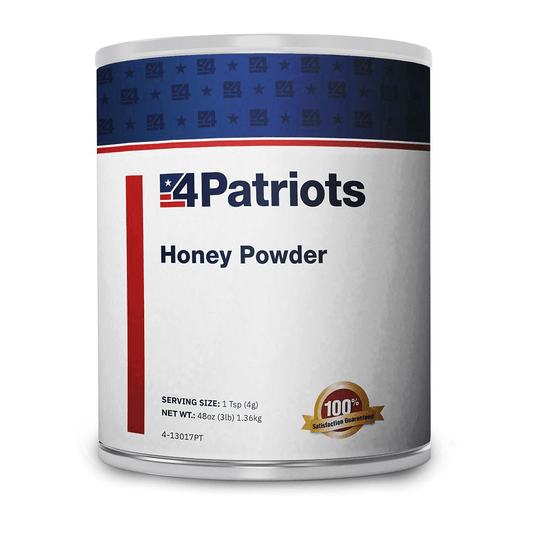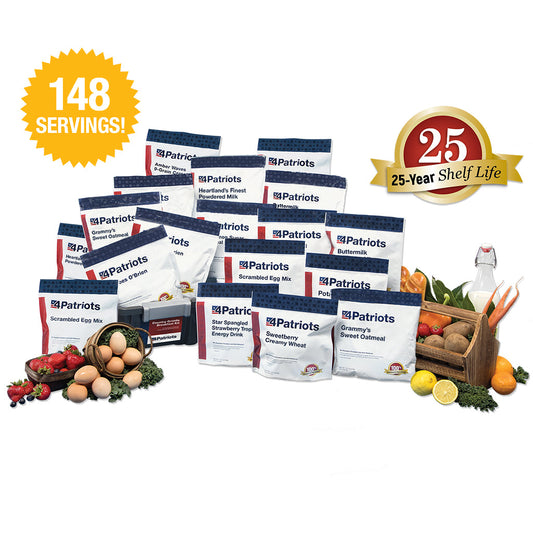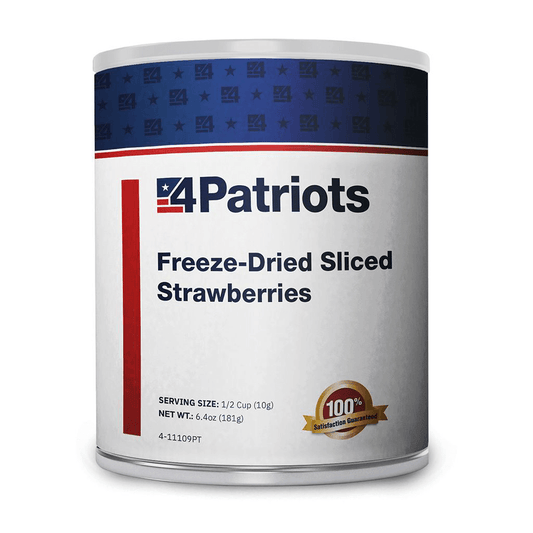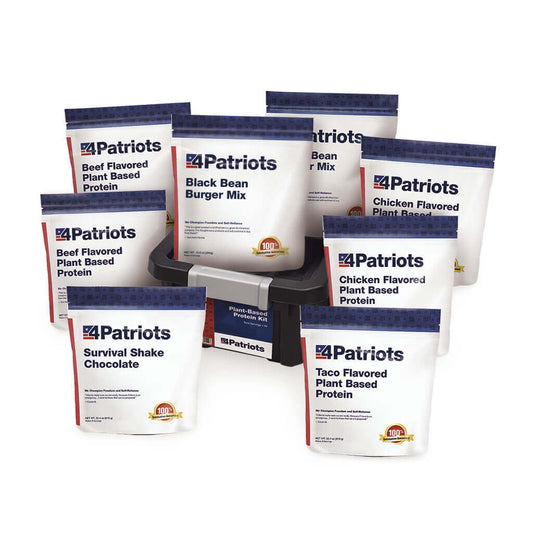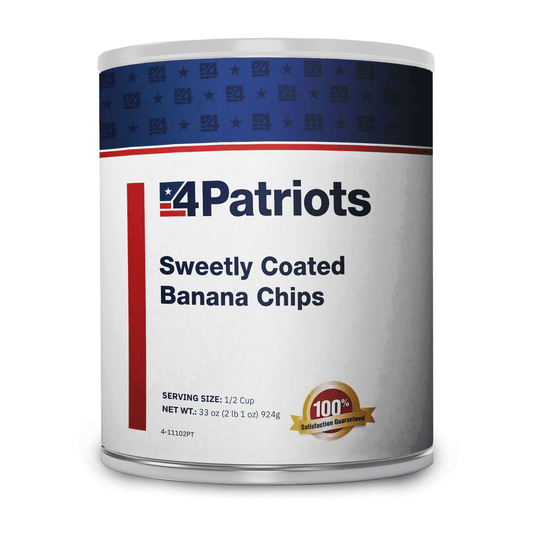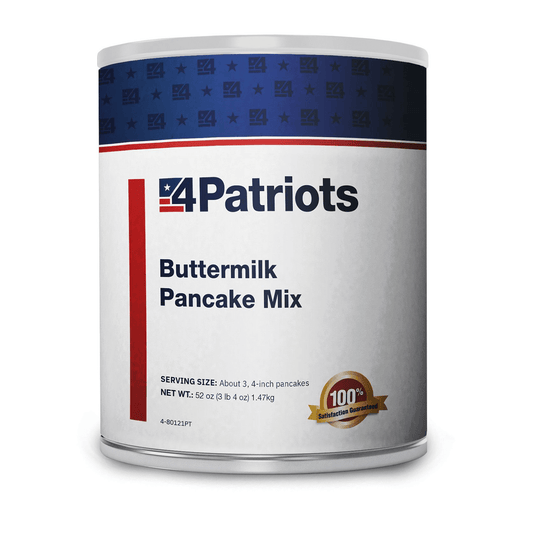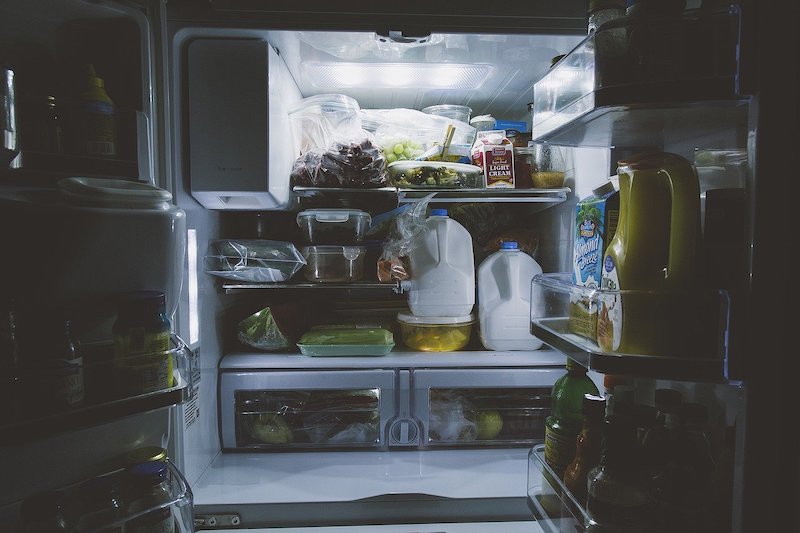
Choosing the Best Survival Food for You

If we all had unlimited financial resources, stockpiling a wide variety of survival food would be a breeze.
Everyone knows they need survival food. And if 2020 hasn’t proven that fact, I don’t know what will.
But the question often comes down to which survival foods should be stockpiled. Few can afford to store everything they could possibly need or want in a crisis. So, we try to prioritize. And that can be a big challenge.
Knowing the best foods to stockpile – and in what quantities – is not easy. Today I’d like to provide DIYers with some suggestions. And then I’ll let you all know about an easy, done-for-you solution to stockpiling great-tasting, nutritious survival food.
Understanding what’s important
There’s something I want to point out before we get further into this. While cost and convenience are both important factors when choosing survival foods, they’re not the only ones.
Even more essential are factors such as nutritional value and shelf life. Taste is also important… as anyone who has depended on survival food for more than a couple of days will tell you.
Generally speaking, there are four options when it comes to choosing survival food that’s right for you and your family.
They are canned goods, Meals Ready to Eat (MREs), dehydrated foods and freeze-dried foods.
Meals ready to eat
MREs have been used for many decades. The U.S. government has found these self-contained meals useful for our Armed Forces because each MRE is an entire meal.
Depending on storage conditions, they could last as long as five years. MREs can be eaten cold or heated up. They’ll keep you alive during an emergency.
But they have their drawbacks. They’re bulky, heavy and not particularly cost-effective. Preservatives and additives are needed to keep the food edible.
MREs are low in fiber and water, and high in fat. They usually have a high sodium content. Many say the taste is less than desirable.
Canned food
One of the nice things about canned food is that it’s readily available in grocery stores. And usually priced pretty economically.
Because they’re mostly the same size, the cans stack easily. They are durable enough to keep rodents out. And you can get just about any food you want in a can. Fruit, vegetables, meats, milk, etc.
But you don’t want canned food to take up your entire stockpile. Heat used in the canning process depletes vitamins and other nutrients. The shelf life is not long. Maybe one to three years. And cans have been known to burst in freezing temps.
The taste for some canned food is acceptable during an emergency. But they are heavy due to the water content. They can’t be transported easily in a bug-out situation. And the sodium content is usually high.
Dehydrated food
The best thing about dehydrated food is that it’s something you can do in your home. Just by using an oven or a dehydrator.
But it’s impossible to eliminate 100 percent of moisture from your food with these methods.
You can make that food lighter, simpler to store and easier to carry. But the shelf life won’t be as long as you’d like.
Typically you’ll be limited to storing basic dehydrated food. Such as rice, beans and dried fruit. As opposed to full meals.
Freeze-dried food
As with the dehydration method, the key to freeze-drying food is removing moisture that can cause mold and bacterial growth.
Special equipment is required to completely rid food of moisture. And that equipment is expensive. But the process enables food to stay good for up to 25 years when stored properly. More on that in just a moment.
Freeze-dried food is much lighter and easier to transport than MREs and canned food. Fiber, carbohydrates and minerals found in food are not negatively affected by freeze-drying.
Once freeze-dried food is reconstituted with water, the great taste is regained. Some actually report that freeze-dried fruit tastes even better than it did prior to water removal because the natural sugar is more concentrated.
Store it properly
Once you’ve made your survival food choices, there is another very important thing to consider.
You need to make sure that food is stored properly. You’d be throwing money down the drain if you allow your survival food to go bad.
Keep in mind that the enemies of all food are, in no particular order, temperature, light, moisture and air.
Each of those enemies can affect the growth of bacteria in your food. The temperature should be low. Light should be minimal or non-existent. Moisture should be eliminated and your food should be kept in airtight containers.
Featured Products
- Regular price
- From $799
- Regular price
-
- Sale price
- From $799
- Unit price
- per
- Regular price
- $249
- Regular price
-
- Sale price
- $249
- Unit price
- per
- Regular price
- $2,497
- Regular price
-
$3,194 - Sale price
- $2,497
- Unit price
- per
- Regular price
- $2,499
- Regular price
-
$2,994 - Sale price
- $2,499
- Unit price
- per
- Regular price
- From $29.95
- Regular price
-
$119.80 - Sale price
- From $29.95
- Unit price
- per
- Regular price
- $2,499
- Regular price
-
- Sale price
- $2,499
- Unit price
- per
- Regular price
- $499
- Regular price
-
- Sale price
- $499
- Unit price
- per
- Regular price
- $29
- Regular price
-
- Sale price
- $29
- Unit price
- per
- Regular price
- $2,796
- Regular price
-
- Sale price
- $2,796
- Unit price
- per
- Regular price
- $29.95
- Regular price
-
- Sale price
- $29.95
- Unit price
- per
- Regular price
- $97
- Regular price
-
- Sale price
- $97
- Unit price
- per
- Regular price
- $4,999
- Regular price
-
- Sale price
- $4,999
- Unit price
- per
- Regular price
- $49.95
- Regular price
-
- Sale price
- $49.95
- Unit price
- per
- Regular price
- From $69
- Regular price
-
- Sale price
- From $69
- Unit price
- per
- Regular price
- $201
- Regular price
-
- Sale price
- $201
- Unit price
- per
- Regular price
- From $90.97
- Regular price
-
$129.95 - Sale price
- From $90.97
- Unit price
- per
- Regular price
- $999
- Regular price
-
- Sale price
- $999
- Unit price
- per
- Regular price
- $29.95
- Regular price
-
- Sale price
- $29.95
- Unit price
- per
- Regular price
- From $29.50
- Regular price
-
$30.99 - Sale price
- From $29.50
- Unit price
- per
- Regular price
- $129
- Regular price
-
- Sale price
- $129
- Unit price
- per
- Regular price
- From $27
- Regular price
-
$399.80 - Sale price
- From $27
- Unit price
- per
- Regular price
- $3,494
- Regular price
-
- Sale price
- $3,494
- Unit price
- per
- Regular price
- From $199
- Regular price
-
$205.50 - Sale price
- From $199
- Unit price
- per
- Regular price
- $99.95
- Regular price
-
- Sale price
- $99.95
- Unit price
- per
- Regular price
- $29.95
- Regular price
-
- Sale price
- $29.95
- Unit price
- per
- Regular price
- $8.99
- Regular price
-
$29.95 - Sale price
- $8.99
- Unit price
- per
- Regular price
- $99.95
- Regular price
-
- Sale price
- $99.95
- Unit price
- per
- Regular price
- $29.95
- Regular price
-
- Sale price
- $29.95
- Unit price
- per
- Regular price
- $59.95
- Regular price
-
- Sale price
- $59.95
- Unit price
- per
- Regular price
- $11.98
- Regular price
-
$29.95 - Sale price
- $11.98
- Unit price
- per
- Regular price
- $44.95
- Regular price
-
$44.95 - Sale price
- $44.95
- Unit price
- per
- Regular price
- $24.95
- Regular price
-
$49.95 - Sale price
- $24.95
- Unit price
- per
- Regular price
- $114.95
- Regular price
-
- Sale price
- $114.95
- Unit price
- per
- Regular price
- $189
- Regular price
-
- Sale price
- $189
- Unit price
- per
- Regular price
- $499
- Regular price
-
- Sale price
- $499
- Unit price
- per
- Regular price
- $59.95
- Regular price
-
- Sale price
- $59.95
- Unit price
- per
- Regular price
- $39.95
- Regular price
-
- Sale price
- $39.95
- Unit price
- per
- Regular price
- $59.95
- Regular price
-
- Sale price
- $59.95
- Unit price
- per
- Regular price
- $19.95
- Regular price
-
- Sale price
- $19.95
- Unit price
- per
- Regular price
- $99.95
- Regular price
-
- Sale price
- $99.95
- Unit price
- per
- Regular price
- $69
- Regular price
-
- Sale price
- $69
- Unit price
- per
- Regular price
- $14.27
- Regular price
-
$21.95 - Sale price
- $14.27
- Unit price
- per
- Regular price
- $149.95
- Regular price
-
- Sale price
- $149.95
- Unit price
- per
- Regular price
- $79.95
- Regular price
-
- Sale price
- $79.95
- Unit price
- per
- Regular price
- $39.95
- Regular price
-
- Sale price
- $39.95
- Unit price
- per
- Regular price
- $114.95
- Regular price
-
- Sale price
- $114.95
- Unit price
- per
- Regular price
- $39.95
- Regular price
-
- Sale price
- $39.95
- Unit price
- per
- Regular price
- $99.95
- Regular price
-
- Sale price
- $99.95
- Unit price
- per
- Regular price
- $24.95
- Regular price
-
- Sale price
- $24.95
- Unit price
- per
- Regular price
- $24.95
- Regular price
-
- Sale price
- $24.95
- Unit price
- per




